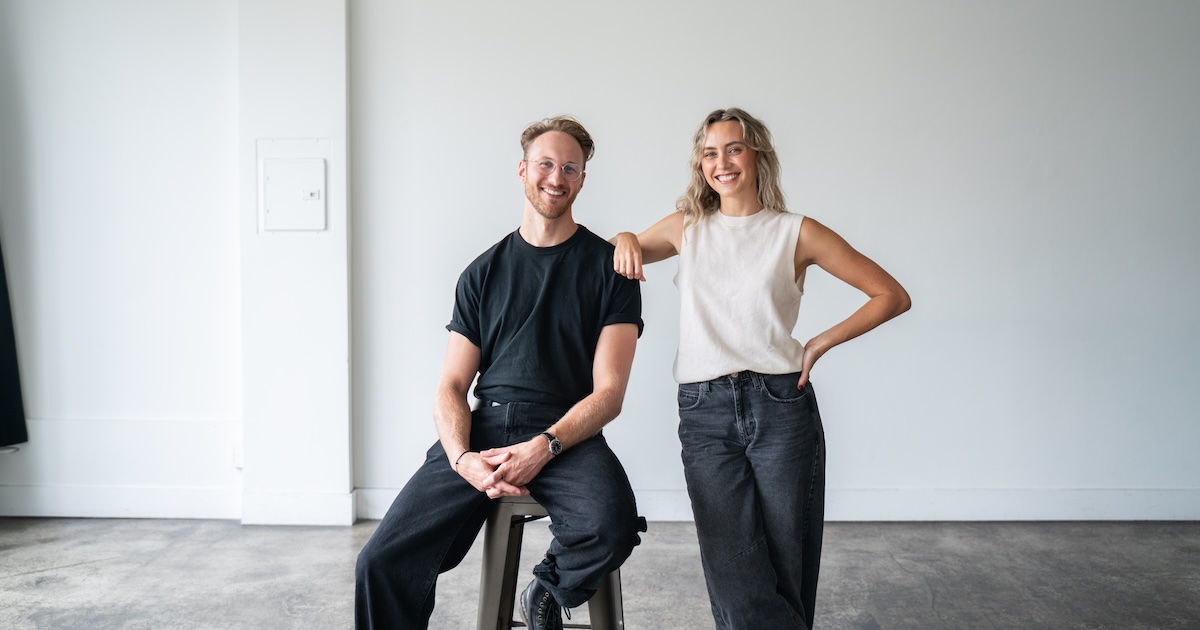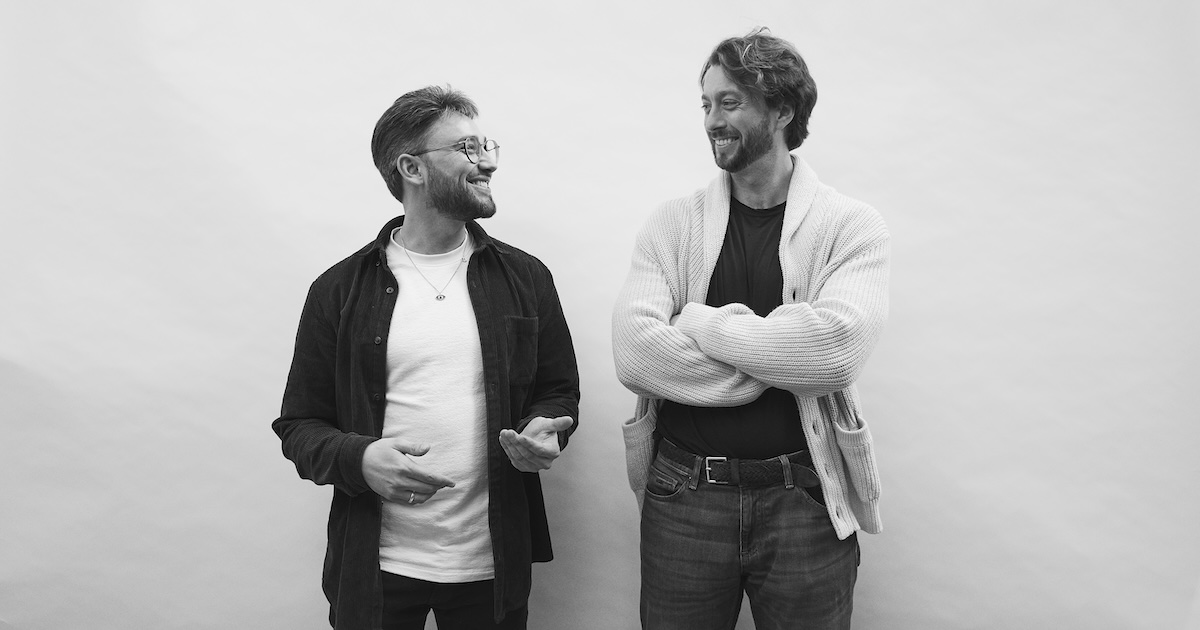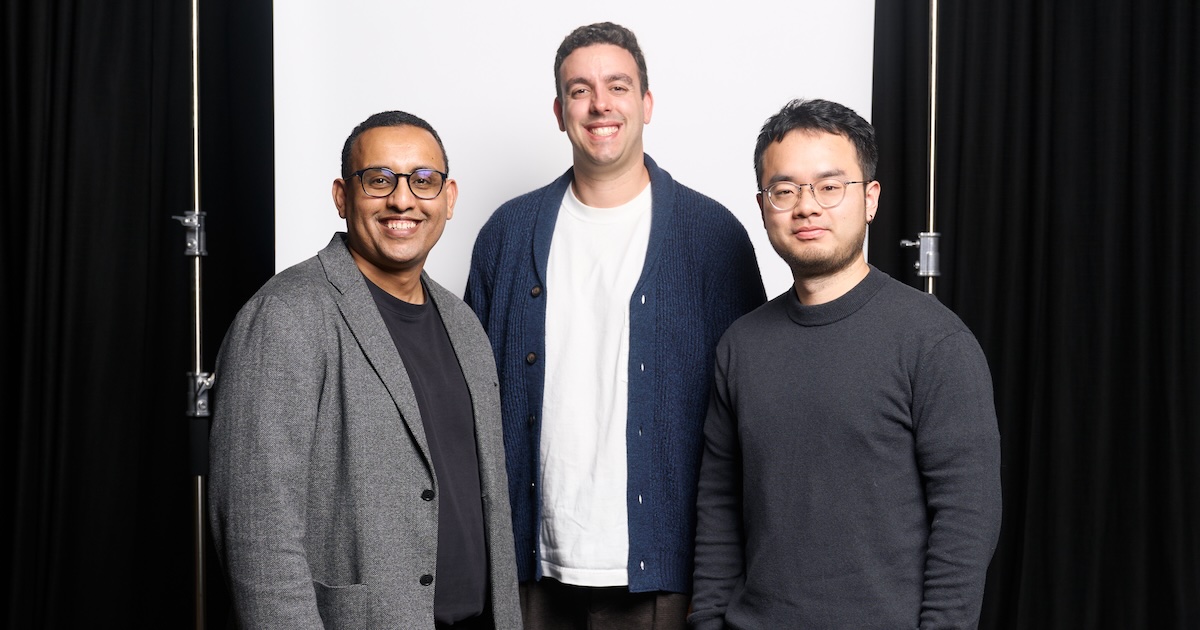
Spotlight On: Cortical Labs
Blackbird’s monthly chat with talented leaders and rising stars in our community. This month: Cortical Labs co-founders Hon Weng Chong and Andy Kitchen.
Cortical Labs is building computer chips using mouse and human neurons. It is precisely the kind of science-non-fiction company that speaks to Blackbird’s investment thesis. We spoke to co-founders Hon Weng Chong (H) and Andy Kitchen (A), and Chief Scientific Officer Brett Kagan (B).
Cortical Labs is looking for a dynamic intern with a background in computer science. They are looking for a well-rounded, fast learner who has initiated their own projects.
Cortical Labs was born out of a moment of desperation, tell us about it?
H: We were quite a deep way into the journey with another startup but because of changes from Obamacare to Trumpcare, a lot of the funding was cut for our product and we were left with a whole bunch of money we’d raised from investors and no startup. You just feel compelled to keep working. That was what drove it. It was a bit of a despair moment as well. You just have to think outside the box and think of other avenues. We were in a zombie state, figuring out what we wanted to do and at the time AI was getting really hot.
We realised the AI field is so hung up on percentage points that no one really cares that you are introducing new concepts. What they really wanted was deeper neural nets. It was a bit disheartening and one of the reasons we didn’t initially go down the AI path is because we would be swimming against the tide [with these new ideas about a neural computer].
A: We actually had two or three irons in the fire as well. We basically had this biological computing project, and the other iron in the fire was trying to get AI to deal with uncertainty. So long story short, if you teach a neural net now to play poker, it will not do well because it doesn't handle needing to do things like bluff well. So we also worked on that and we had a lot of success but we didn't have a lot of investor interest.
We also had a natural disadvantage because of the Australia brain drain for AI and machine learning engineers. But luckily we have world-class neuroscience, and I would say that’s untapped. So we can get extraordinarily advanced, accomplished PHDs in neuroscience for cheaper than an Machine Learning engineer.
What are the other advantages of working out of Australia?
H: There's the R&D concession and the exchange rate. Australia has world class education and tertiary institutions. Australia has really good science, a lot of good technology. The question is how do you commercialise it. That is the untapped potential that we are starting to see happen. The life sciences are really strong in that space. We have a $20B Medical Research Future Fund (MRFF). While we’re putting more money into this life science research, the Americans keep cutting it.
There are other startups working in this space. How are you approaching the problem differently to them?
H: The biggest difference is we are using the free energy principle. We are putting academic and scientific rigour into it.
B: We’ve got a few different avenues. We’re culturing cells from animals, from embryonic mice and we’re looking at developing neurons from stem cells. We can generate these stem cells from skin grafts. It avoids ethical issues and gives us a renewable source. It’s not completely novel, what we’re doing. It's been done by Steve Potter, but what is different about how we are approaching this is we are putting academic and scientific rigour into it. We’re also going to explain it using a base principle.
B: We’re culturing a premix of working neuronal cells and we’re looking at developing neurons from stem cells. The great thing about that is it's very ethical, and we can generate these stem cells from skin grafts. It avoids ethical issues and gives us a renewable source.
You’re working towards the neurons playing a game of Atari Pong, why is this game such an important milestone?
H: It's a cultural phenomenon. Games are well known and cross cultural barriers. Pong is a way of showing how you can shape the behaviour of neurons to perform a task. It will encourage other researchers to build new games and see how they can get these neurons to perform. Building game worlds is analogous to programming. You create these simulations and embed the neurons into data centres and robots and make the world a better place.
How far off are you?
H: Right now we have neurons playing pong. They work, they’re just not very good yet. Before there was just a lot of deep seated faith this was going to work, not much evidence. And when we first saw it, we were like wow this is going to work now we just need to scale it up.
B: One of the exciting things is it is difficult for cells to play the game using other methods. It's something that biological organisms are actually very good at. It really highlights an advantage that our synthetic computing has over the existing machine learning methods.
How is COVID affecting your operations?
H: We have the advantage of pre-revenue. The only thing that has affected us is social distancing measures. We’ve taken the Blackbird community guidelines and adapted it for our needs. Most of the team is working at home, apart from Brett who has to feed the neurons to keep them alive. We really need to build a robot for that one Brett. It’s a trial run by plugging these neurons into the internet and having them train remotely. There hasn’t been much of an interruption.
B: We did some contingency planning. We ensured our supply of materials would be uninterrupted and contingency around different types of cells delivered to us from Canada. Hon trained up for laboratory work for the basic maintenance in case I got sick. I think that's the advantage of having a really dynamic team with broad skills.
What’s the future like for Cortical Labs?
A: World domination laughs. What really inspires me is a photo I saw of the first silicon transistor prototype. It’s really big and sits on a table top with wires hanging out everywhere. Who could’ve predicted from this invention, all the things that could have happened. That they would change the shape and face of the world. What we are doing has the seed to really reshape what we think is possible and make new technology that we can’t even imagine. What really excites me is not knowing where we will be in ten years and there are so many possibilities.









